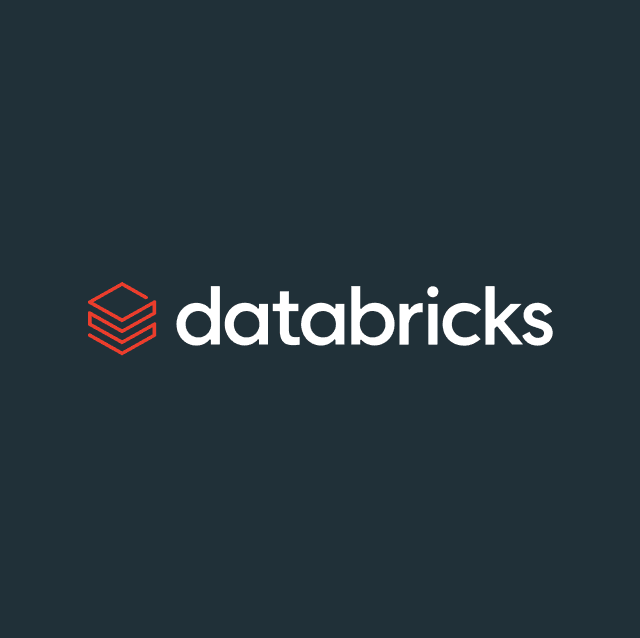In an interview for Hightouch’s The Data Warehouse Advantage in Marketing series, TMW’s Juan Mendoza talks with Jessica Kao, the Senior Director of Marketing Operations and Analytics at F5, about leveraging the cloud data warehouse to drive impactful insights, finding purpose in analytics efforts, bringing data and marketing ops teams together to solve analytics problems, and the two-headed goddess of data!
Juan: Jess, you work at F5, you’re an Adobe Marketo wiz and an analytics leader, but what's your story?
Jessica: I’ll tell my story in reverse order. So I am the Senior Director of Marketing Operations and Analytics. I run three teams at F5: Marketing Technology, Technical Program Management, and Analytics and Performance Marketing.
My role is very applicable to understanding data models and managing all of our data in a cloud data warehouse. I’m the glue that keeps all the teams running together.
I was a marketing operations consultant prior to this. My focus has been on B2B SaaS companies, helping startups to enterprises reach their goals across the data maturity curve.
I was also a field marketer and I have done demand gen, but I actually started out with a PhD in cancer biology.
Juan: That’s an incredible background. When you’re working with these teams to better manage data, is there a process you go through to find the right data and get it to a point where you can find trustworthy insights? How do you approach going from raw data to insights to actions?
Jessica: People usually start with the mentality of let's buy XYZ tool, let's implement, let's do the shiny, new thing. And then usually what happens down the road is we then need to figure out what are the real purposes. What I would love to see happen more often is marketers taking the approach of figuring out first what are the desired outcomes. What decisions am I going to make? You have to determine that first so that you can set up your system in the right way to get those insights.
From my experience as a consultant, if you don’t consider the desired outcomes first, you then put in all this effort for nothing: the raw data is coming through, but not in a way that is answering the question that you want answered. Or you haven't figured out what the question even is.
The Data Warehouse Gives You Flexibility
Juan: What are the limitations of pulling data from a variety of sources for analytics and analysis?
Jessica: Usually marketers use a CRM like Salesforce as a source of truth. And they try to force everything through the lens of a small number of MarTech tools for analytics purposes. They force everything to fit in their CRM and an attribution tool on top of it. This is fine for a while, but at some point, you reach the end of that data maturity curve, and using these marketing technologies for analytics start introducing their own issues.
But if you send all of the data into a data lake or a data warehouse instead, then you have more flexibility. You're not confined or constrained to your CRM’s Leads and Contacts units. You're not confined and constrained to how a certain piece of technology does analytics and attribution.
When you use a data lake or a data warehouse, the data is in free-form, which means you can manage your analytics however you like. You can then assemble it like a jigsaw puzzle to answer any questions you might have.
For example, if you have a customer question to answer or a campaign goal to achieve, you can assemble the data in whichever way you need from a data warehouse. The flexibility is there unlike with other tools. You may have different challenges, but that's part of the data maturity curve.
Juan: What I'm hearing is that by leveraging the cloud data warehouse, because it is flexible and agnostic to data types, it gives you the ability to start from a clean slate as opposed to a rigid framework.
Jessica: So endless possibility doesn't necessarily mean all upside, right? You may have more responsibility.
I'm not saying it’s right or wrong: it's just going to be a different decision on whether it’s right for you. With great power comes great responsibility.
“If you have a customer question to answer or a campaign goal to achieve, you can assemble the data in whichever way you need from a data warehouse. The flexibility is there unlike with other tools.”

Jessica Kao
Senior Director of Marketing Operations and Analytics at F5
Preparing Your Marketing Analyses
Juan: How do you think about orienting your analytics towards a business goal or outcome?
Jessica: Before you think about building insights or an analytics report from scratch, think about what the end goal is. Whether it's something as small as A/B testing or as big as building your own attribution model, you should start with the end goal.
For me, I always prototype first with a blank Excel sheet. I mock up the format of data based on the hypothesis and how it might be used, so that I can give my stakeholders something to react to. You don’t want to spin cycles and waste time on analytics that will never be used.
For us, we’ve saved so much time, money, effort, and headaches by just doing this exercise beforehand.
I'll give you an example: content performance dashboards. Everybody wants one. So I mock up the potential outcome. Here's a list of how the content performed: Content A has 10,000 downloads and Content B, 2,000 downloads, etc. But what will you do with just that information? Oh by the way, you’re also spending a million dollars promoting Content A on Google.
By starting first with a mock-up of the outcomes, you can then tell whether the analysis will be useful or not.
Juan: Do you think the data you access in a data warehouse gets you better answers? What are unique analyses you might do?
Jessica: From my experience, all marketers want to at least understand their funnel. And you need your customer data from your cloud data warehouse to do this effectively. So, I’ve spent the last 10 years doing this.
Marketing funnel analysis is much like the Roman god, Janus, the two-headed god looking into the past and looking into the future. I always look up and down the funnel for each part.
You know you always want to understand the top of the funnel, middle of the funnel, and bottom of the funnel.
For the top of the funnel, I would show the number of leads that were created, cut by channel, region, type, etc. Essentially, trying to understand where they come from.
Then, I dive into where they go. Look down the funnel: what engagements did those new users do?
At the middle of the funnel, you look up–where did the hand raisers ready to talk to sales come from? You look down at which sales calls actually happen.
At the bottom of the funnel, you look up - where did they come from? Then you look down at your opportunities and understand what happened with those that wanted to buy, did they end up buying?
Juan: What are some ways to get analytics insights faster? And does a data warehouse actually help in getting actionable data to your teams as quickly as possible to make decisions?
Jessica: Having talked to a lot of different companies, this is where the secret sauce has been for me. It is rare to have an analytics and performance marketing team sit under the same umbrella as the marketing operations team. But I think that is actually our competitive advantage.
Because if you think about it, the team that owns the MarTech stack is also part of the source of data, right? We know what we want to do with the data. With my two teams, MarTech and analytics, under one roof, when a stakeholder has a question, the data analyst and MarTech analyst working together can more effectively help the stakeholder get to the answers they need.
That's how I empower and enable insights for our marketers: I bring the power of the two teams, MarTech and analytics, together. I think it becomes a beautiful synergy.
Juan: Thank you, Jessica, for sharing your perspective with the Hightouch team.
Want to Learn More?
If you’re interested in learning more about how you can unlock the power of your cloud data warehouse for greater marketing insights, read our blog post or talk to one of our experts today.















